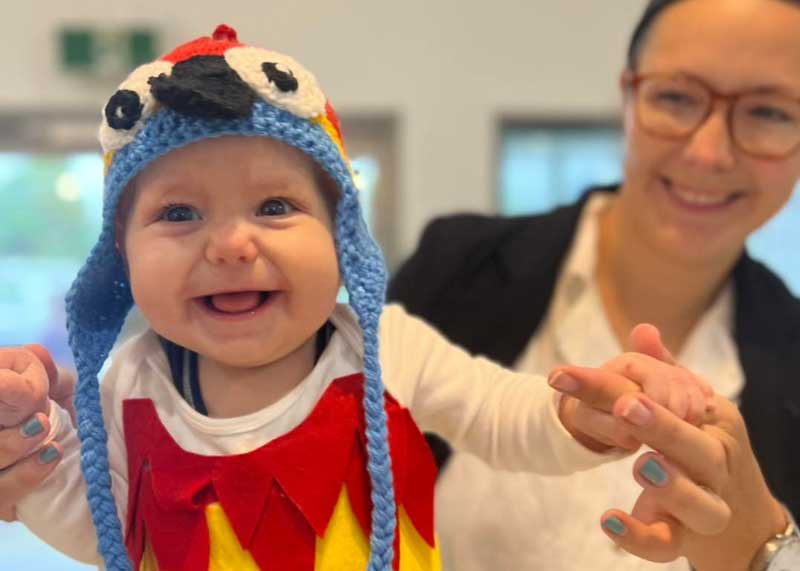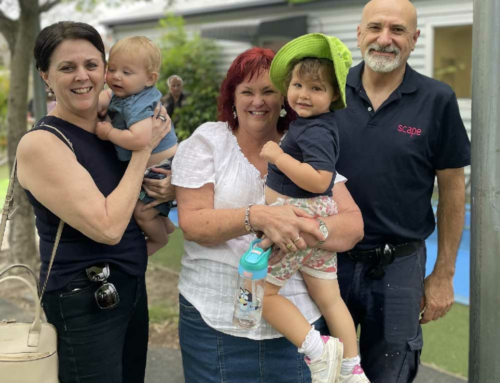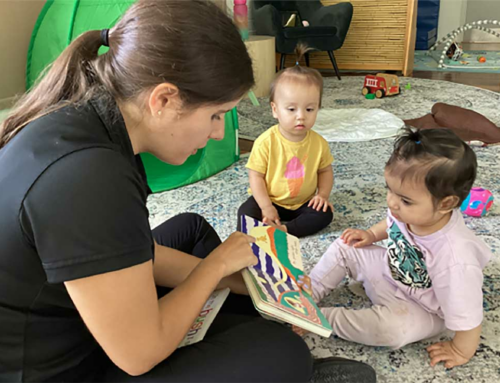Cradle cap is a common condition in newborn babies. The oily yellow or white scaly patches usually appear on the scalp at birth and then disappear within a few months. However, some children may still have cradle cap until they are around 12 months of age or older, and it can affect other areas of the body.
Most babies are not aware of the condition. Only we (the adults) worry about why it is there and what we can do about it. It is a known type of dermatitis, and while it may seem unsightly, especially when your baby’s hair is sparse, it doesn’t usually cause them any discomfort.
The name “cradle cap” is a common term for light yellow and brownish patches of scale that appear on a baby’s scalp while still using their cradle. The medical term is Infantile seborrhoeic dermatitis and it can be associated with eczema, atopic dermatitis and pityriasis capitis (dandruff).
If your baby has it there is not a lot that you can do. For most children, it will go away on its own within a couple of months without any treatment. If your child has this form of dermatitis it is not your fault and it is not caused by uncleanliness or by any lack of care.
As parents, carers and educators, we often see babies with this condition. It is not known to impact a child’s quality of life or contribute to long-term health issues. However, if you’re still concerned about cradle cap, we cover:
- What does it look like?
- Why do babies get it?
- Easy remedies, treatments and care tips
- Side-effects
- Infections
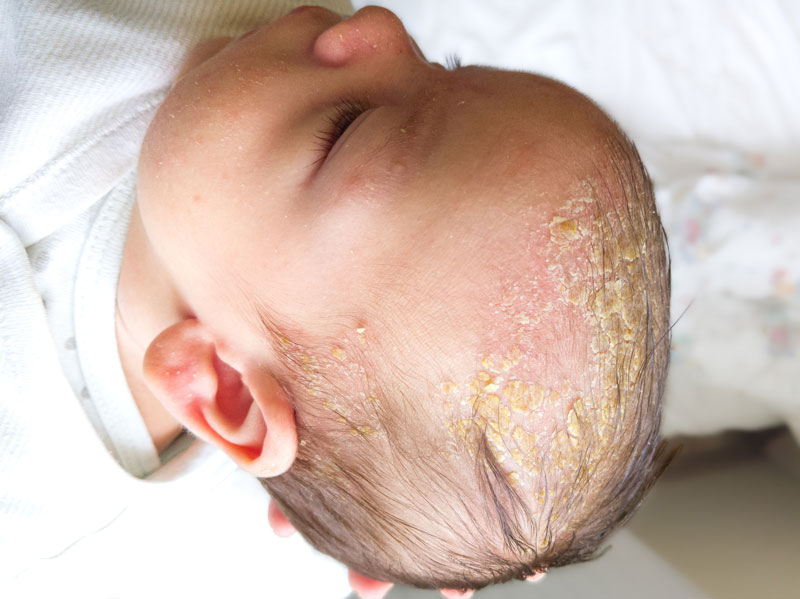
What does cradle cap look like?
Newborn babies to toddlers are known to suffer from this skin condition, but on average the appearance of cradle cap is around 3 months of life.
The skin condition appears on the scalp and may look like thick patches of skin, usually yellow or white in colour. The scales are mostly oily and build up on the skin surface where it may appear as if your child has greasy skin. There may be some dry skin too which looks flaky and ready to fall.
Also known as seborrheic dermatitis it mostly appears on a baby’s scalp but can also appear in the eyebrows. For some children, the health condition will be mild while others may have thicker patches of dead skin cells that appear to trap hair follicles.
For most children, it goes away naturally and within a few months. However, some babies’ oil-producing glands continue to produce for up to 12 months or more, with some toddlers still showing signs of the condition.
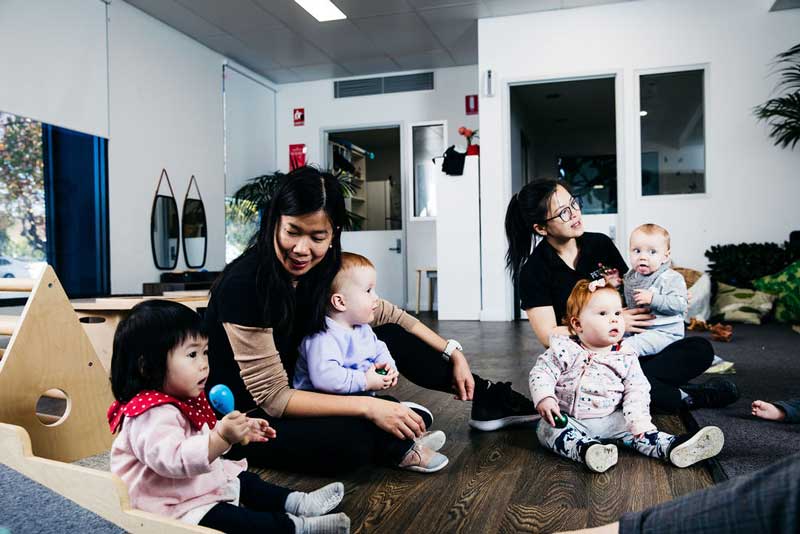
Why do babies get cradle cap?
Cradle cap is a type of dermatitis. It results from your baby’s sebaceous glands that grew around weeks 9 to 12 of your pregnancy and are still active at birth. The glands create sebum, a vital component in protecting your baby’s developing skin from constant exposure to amniotic fluid.
The condition is not contagious like influenza or foot and mouth disease, although there are some cases where it may become infected or where eczema develops under the scales. The Royal Children’s Hospital in Melbourne recommends taking your baby to a health professional to check other types of scaly areas.
Why some babies present with this common skin condition for more extended periods when others do not is unknown. Some schools of thought on the topic suggest:
- The child may have overactive oil-producing glands.
- Malassezia, previously known as Pityrosporum, a yeast commonly found on many animals including humans, has been discovered in many cases and may be a contributing factor.
- The condition may be a reaction to the mother’s hormones while in the womb.
However, there has not yet been enough scientific research into infant seborrheic dermatitis for any definitive answers. Generally, it is considered a condition that does not bother the infants who get it, even though it may look uncomfortable and irritating to others.
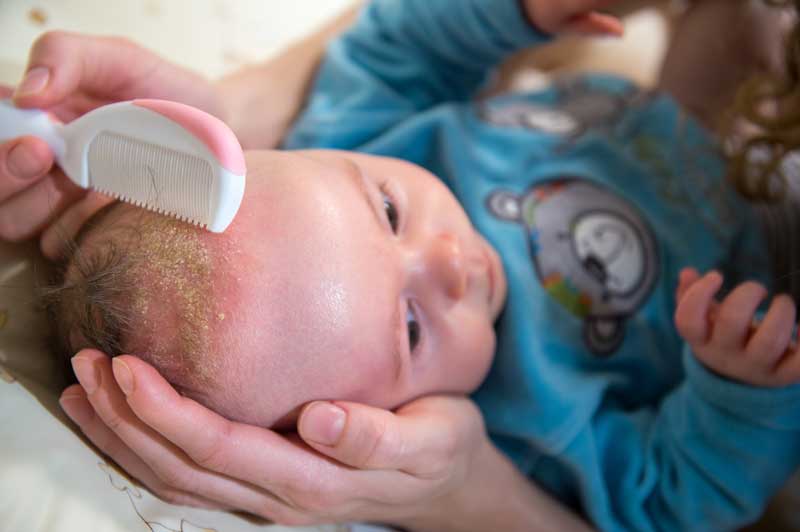
Care measures: Treatment for your baby’s cradle cap
The mild form of dermatitis can go away on its own without any special treatment. However, the following home treatment may help to remove it:
- Wash your baby’s head every day with a mild baby shampoo.
- Then use a soft baby brush to lightly remove any loose scales.
- Follow up in the early evening with a light moisturiser to the scales.
- Continue these steps until the scales are gone.
While it might seem tempting to pick or peel the greasy scales off with your fingers this can cause infection. The above baby bath treatment helps to soften the build up of scales.
When brushing or combing choose a soft-bristled brush or soft toothbrush to gently move any loose skin flakes. There are also specially designed combs that you can use, or a child’s soft tooth brush will work just as well. Take special care for newborns when brushing over your baby’s soft spot.
Follow the steps above and repeat the treatment if the thick scales come back. The sebaceous gland activity may continue for a few months.
If the treatment does not appear to work, you can try a mild anti-dandruff shampoo. In addition, you may want to use a shower or bathing cap for older babies that allows you to wash their hair while protecting their eyes.
Some children may have allergic reactions to lotions and antifungal shampoos. Test a tiny amount of the shampoo first on the back of their wrists. Then if there is no reaction apply the treatment liberally as it may not be kind to children’s skin or eyes.
When applying the moisturiser you may want to use a cotton bud to lightly dab it on. Rather than using perfumed products, apply baby oil, olive oil or a petroleum jelly like Vaseline to the patchy scales.
A health care professional such as a pharmacist can help you choose the right home remedies to help with removing your baby’s waxy scales. You can ask them about:
- The best gentle baby shampoo.
- What works best to loosen the scales overnight (e.g. olive oil or a white petroleum jelly).
- A soft baby toothbrush or hair brush.
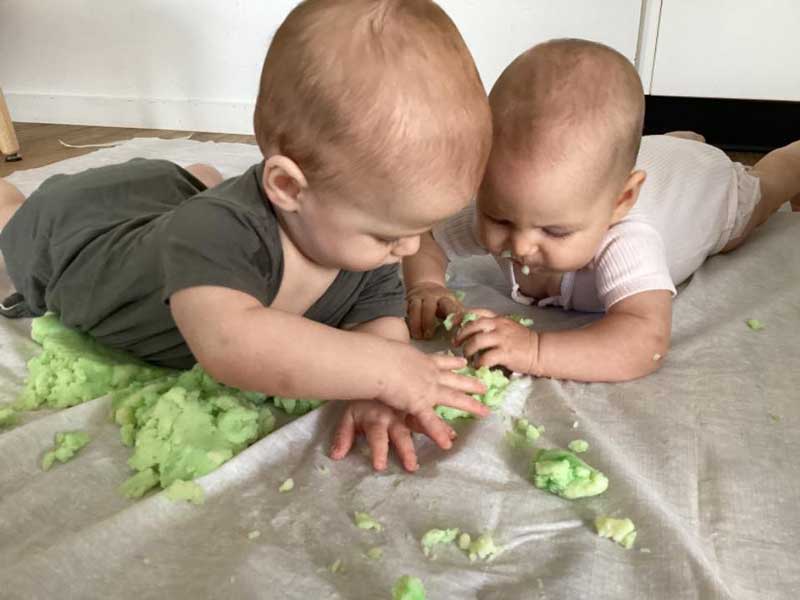
Cradle cap side effects
A baby with cradle cap is not contagious and the condition is not infectious (although the skin beneath can become inflamed). Babies with seborrheic dermatitis are considered well and not a danger to anyone else, so they can play and learn with other children.
Your baby’s hair may become matted into the clumps of yellow patches as it grows, but this is not a concern for long term hair loss or baldness.
A child with this benign condition can continue playing with friends, going to the park, participating in swimming lessons, attending early childhood education and care services, having baths or showers, washing their hair and receiving lots of cuddles from family and friends.
Your baby can enjoy being inquisitive, moving around, squishing playdough, getting messy and exploring their senses and surroundings.
Once your baby’s oil glands stop secreting they will remain dormant until your child reaches adolescence.
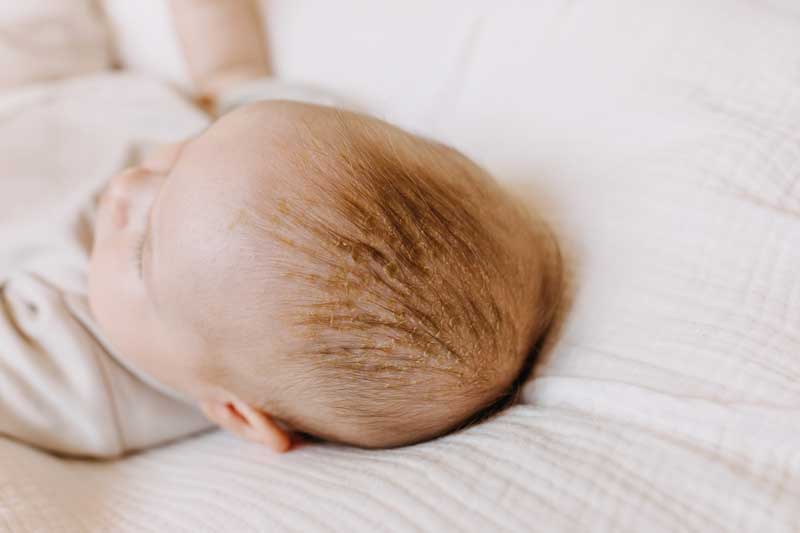
Cradle cap infections
The scaly skin flakes usually appear on newborn babies. However, if the condition does not go away within a few months, it seems to thicken and appear elsewhere on the body (other than the eyebrows), or looks inflamed then you should ask your doctor for advice.
Infections such as atopic dermatitis can occur in the skin under the crust.. Take your baby to see your doctor if the scales:
- Appears inflamed and red.
- Begins to weep.
- Has a scaly rash.
- Look like pimples or blisters.
- Appear elsewhere on the body aside from the scalp and eyebrows.
- Gives off a smelly odour.
An inflamed rash on the scalp may be a sign of another condition such as atopic dermatitis or a fungal infection that needs immediate attention and may require medication. If in doubt, always check with your general practitioner.
Recap of main points
- The oily white or yellow scales do not usually itch or cause discomfort.
- It can go away on its own without intervention.
- This type of dermatitis in infants may be present at or after birth.
- It may last a few months or until a child is a toddler.
- Apply baby oil onto the scalp at night, followed by a hair wash with baby shampoo in the morning and then a soft brush to remove loose scales.
- It is not caused by poor hygiene.
- The condition can not be passed to other children.
- If you suspect an infection, are still concerned, or the signs of sebaceous gland activity continue past 12 months take your child to see your doctor.
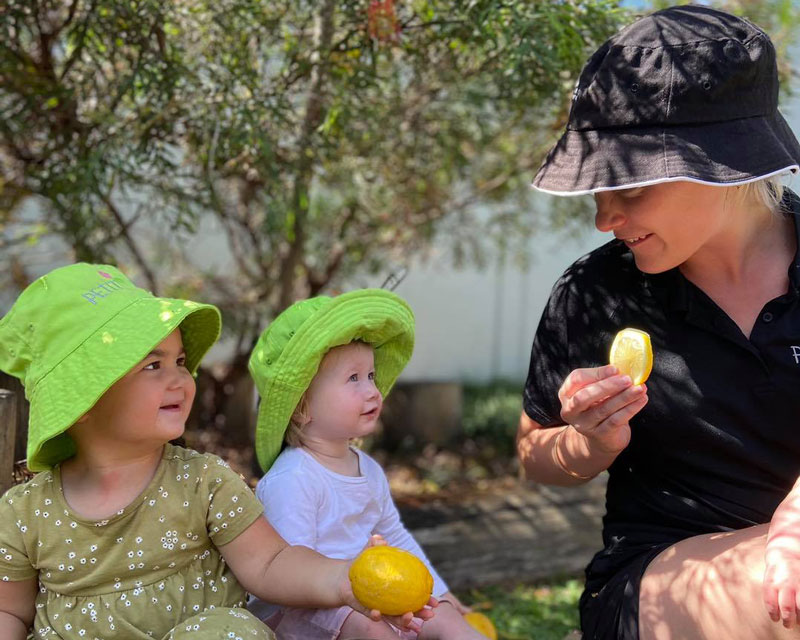
Be supported in a family partnership with Petit Early Learning Journey
We believe that partnering with families promotes strong reciprocal relationships. We work together with our families on matters that concern them and their children. No topic is too big or too small for us to help,, be it about your child’s interests, ideas, health or learning.
Our highest priority is the health, wellness and safety of our children and families. We encourage our families and children to provide parental input, to ask questions and seek help when they need it. Our families feel connected and part of our community.
Learn more about how Petit ELJ and its services can support your family and provide for your child’s education and care. Book a tour and talk to your nearest Centre Director.
